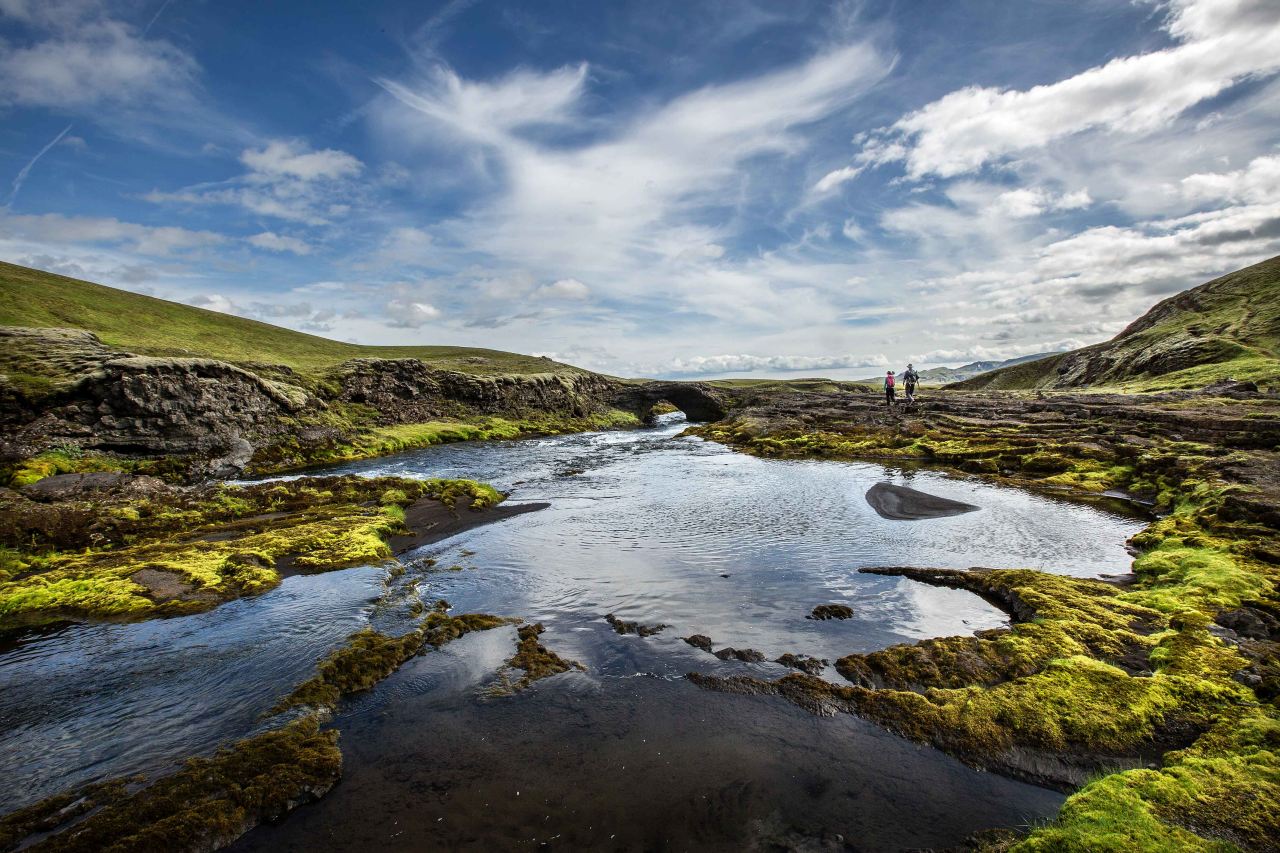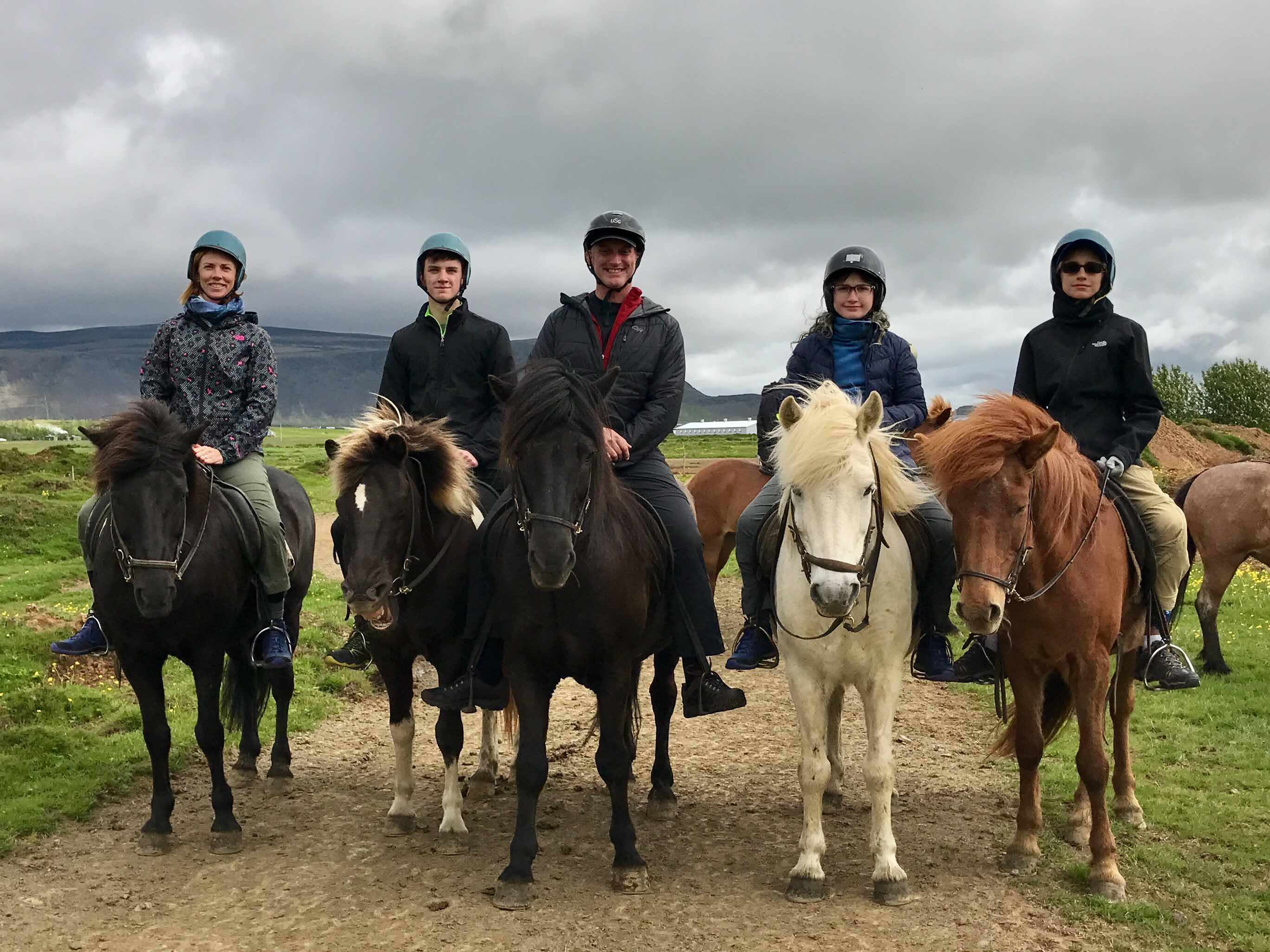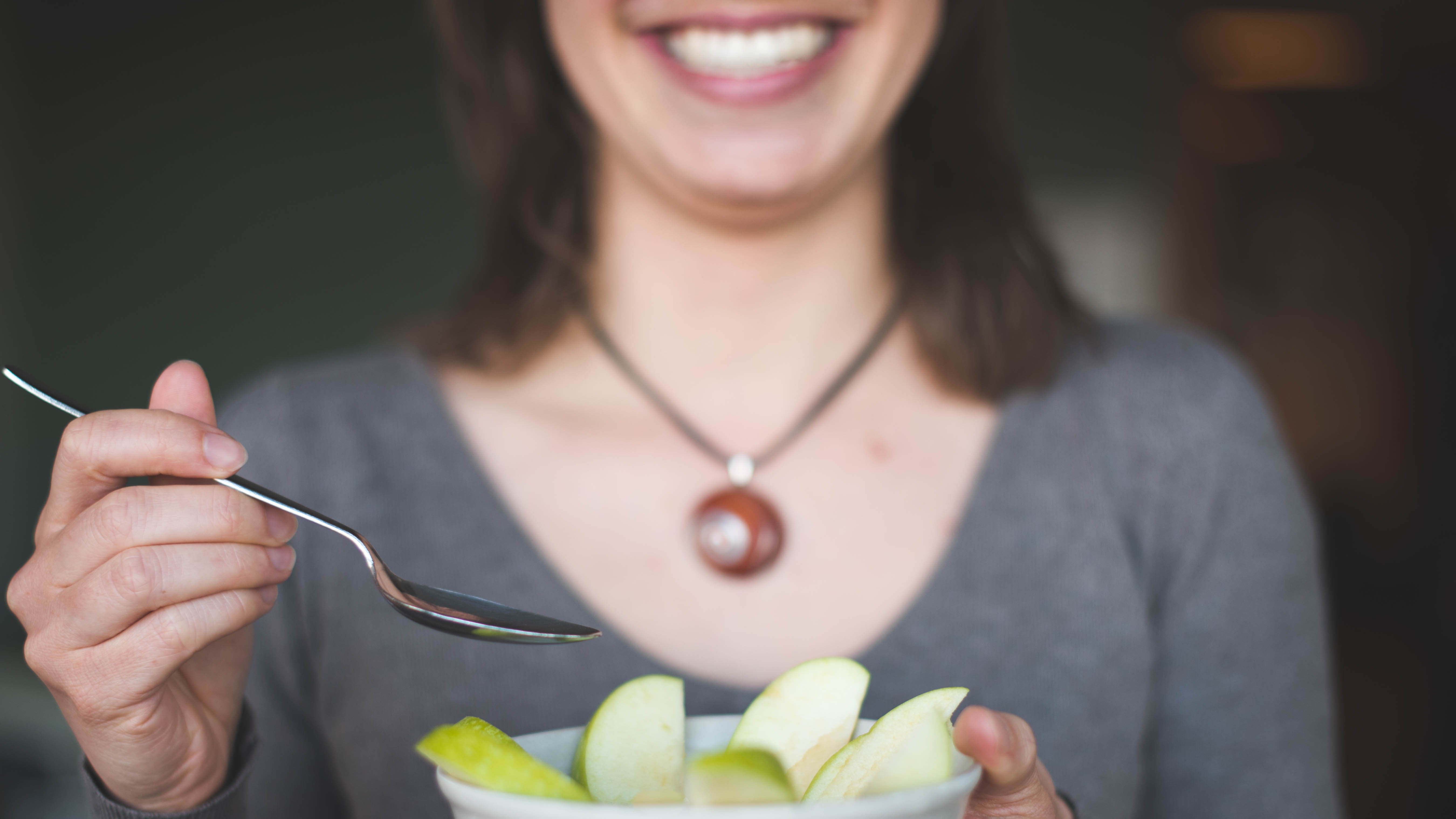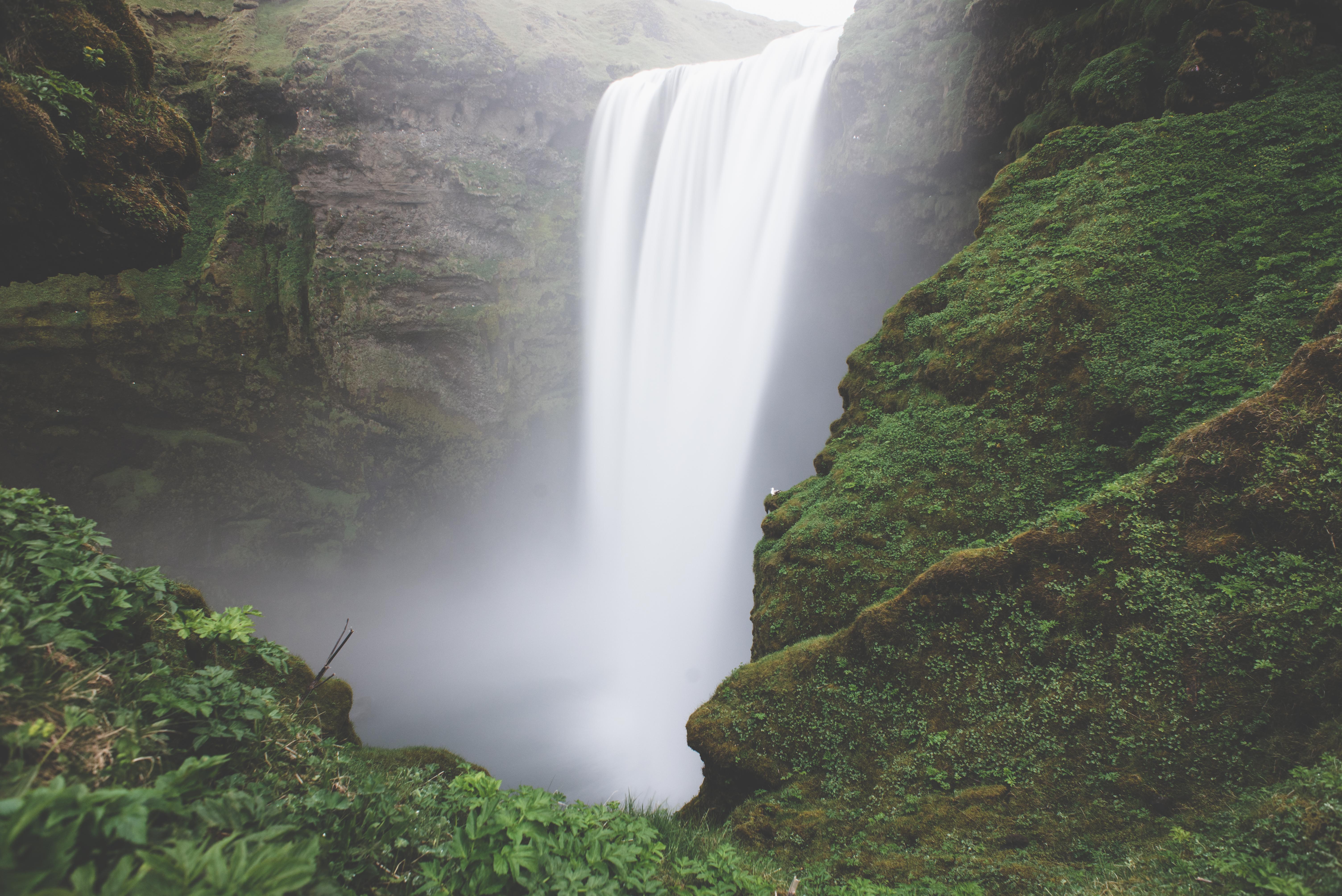Funny Hats and Furry Capes: The Evolution of Icelandic Traditonal Clothing
All of the Nordic countries have a “national costume”, a traditional dress which was historically worn during the days while working.
Iceland is no different, and the Icelandic traditonal clothing has undergone several changes and variations and revived as old designs fell out of use. Although the history of the Icelandic traditonal clothing can be traced back to the 17th century, since the 19th century, the Icelandic traditonal clothing took on new importance as a symbol of Icelandic national Identity, and the fomentation thereof, at the beginning of a long process of seeking independence from the Kingdom of Denmark, which held a trade monopoly over Iceland. This culminating in Icelandic independence for Denmark on 17 June 1944, celebrated as a national holiday in Iceland.
Icelandic traditonal clothing, known as Þjóðbúningurinn in Icelandic has an entire ministry, the Þjóðbúningaráð, The National Costume Board, dedicated to maintaining the standards associated with the dress and provide advice to people who want to continue to wear it. Here, we trace Icelandic traditonal clothing and it’s various incarnations throughout the centuries: we hope you enjoy our little summary!
Female Dress
Faldbúningur - 18th-19th century
It all starts here. The original version of the Icelandic traditonal clothing is called the Faldbúningur. The first semi-solid records of this costume originate from the 17th century, and the defining feature of this version of the costume is a hard, white curved head ornament, which curves forward. It’s pretty strange but pretty cool. Strange fashions are common, though; for example, in 18th century France, it was fashionable to wear a lightning rod! Looked upon in this way, Icelandic traditonal clothing is not so strange in the grand scheme of things.
Predating all of this by 100 years or so is an equally funny hat, which is shaped like a giant cone. See here:
Peysuföt - 19th century
The Peysuföt came next, but was much simpler and less decorative than the Faldbúningur. It is said that women wanted simpler clothes to work in, so they began to include men’s clothing into the costumes, hence the darker colours of the dress (black, brown and navy) and the greater emphasis on wool.
Kyrtill & Skautbúningur - 19th-20th century
These “new” version of Icelandic traditonal clothing were creations by the Icelandic artist Sigurður Guðmundsson in the 19th century once the Faldbúningur had fallen out of use. The idea was to add some viking-era ornamentation to the dress; at least, the costumes ended up with Guðmundsson’s idea of viking ornamentation. Both of them were born as ceremonial costumes, a separate use from the working clothes.
How do the Kyrtill and the Skautbúningur differ?
They are quite different costumes, where as the where as the Kyrtill was simpler in style, more open, thinner and flow-y, the Skautbúningur is lavishly ornate, with fine and delicate embroidery and detailed workmanship on the buttons. Particularly remarkable is chain links around the waistline in finely worked metal, often in solid silver.
Male Dress
To this day, the prevalence of Icelandic traditonal clothing remains much higher amongst women, and information about mens dress historically and archeologically is even more scarce than for women.
Þjóðbúningur karla
The þjóðbúningur karla, the mens iIelandic National Costume is the only direct descendant of the traditional day-to-day wear of Icelandic men, reproduced based on extant archeological fragments. Worn between the 17th and 19th centuries, the þjóðbúningur karla consists of thick laden wooden cloth, often in black, brown or navy with a distinctive double-buttoned vest and a double-buttoned, short jacket called a treyja.
Fornmannaklæði
Sigurður Guðmundsson, having re-made the female designs, cast his eye towards the male Icelandic traditonal clothing, and so the Fornmannaklæði & Hátíðarbúningur were born.
The Fornmannaklæði was possibly the most lavish of all of the costumes, male or female, but fell into disuse any the beginning of the 20th century, Lastly, the Hátíðarbúningur was intended as a more modernised version of the þjóðbúningur karla.
The Icelandic traditonal clothing in Iceland today
Nowadays in the early 21st century, Icelandic traditonal clothing is not worn so much, and very few Icelanders actually own one; they are rented when they are needed, mostly on National Costume Day and on Independence Day, June 17th. If one exists in the family, it is passed down through the generations. This is different from the Faroe Islands for example, where ownership of the National Costume is widespread and nearly everybody owns one.
Your best chance of seeing the Icelandic traditonal clothing in action is by coming over to iceland on and around Independence Day. It’s a wonderful time to be in town, all the streets close and the atmosphere is very festive. It is warm (by Icelandic standards) and the days last a very long time since this is very close to the summer solstice (June 21st).
Enjoying the blog? Subscribe!
How's the blog? Enjoying it? If so, Subscribe and keep up to date with the latest info, tips, tricks and travel advice from Iceland Rovers. You’ll get a monthly newsletter with a nice little roundup of the posts that we have put out.







